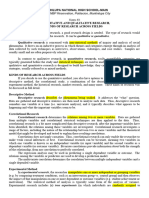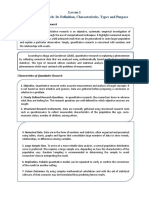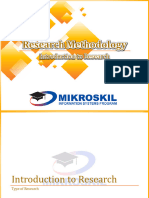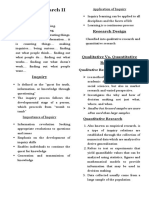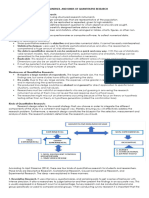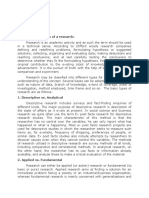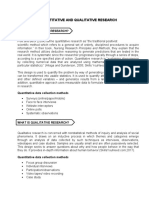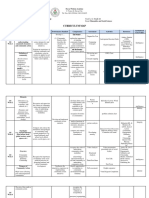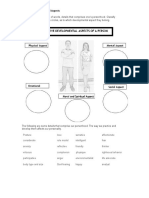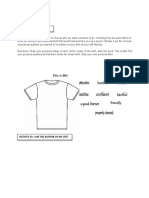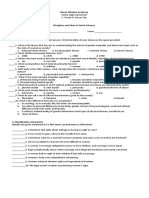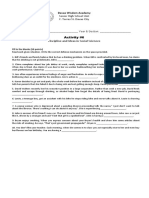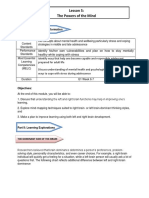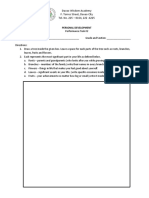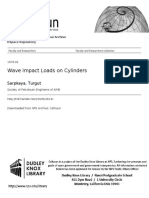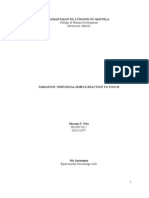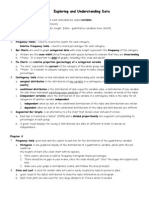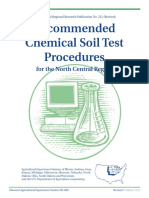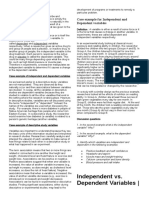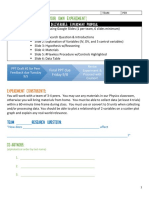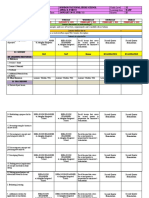0% found this document useful (0 votes)
151 views6 pagesPR 1 Lesson 3
There are different types of research methods used across various fields. Quantitative methods include descriptive research, which describes phenomena; correlational research, which determines relationships between variables; and experimental research, where variables are manipulated. Qualitative fields also use market research, feasibility studies, and historical research. Quantitative research is common in natural sciences, like physics and biology, as well as social sciences including psychology, economics, and sociology. It involves collecting numerical data and using statistical analysis to discover patterns and relationships.
Uploaded by
cindy juntongCopyright
© © All Rights Reserved
We take content rights seriously. If you suspect this is your content, claim it here.
Available Formats
Download as DOCX, PDF, TXT or read online on Scribd
0% found this document useful (0 votes)
151 views6 pagesPR 1 Lesson 3
There are different types of research methods used across various fields. Quantitative methods include descriptive research, which describes phenomena; correlational research, which determines relationships between variables; and experimental research, where variables are manipulated. Qualitative fields also use market research, feasibility studies, and historical research. Quantitative research is common in natural sciences, like physics and biology, as well as social sciences including psychology, economics, and sociology. It involves collecting numerical data and using statistical analysis to discover patterns and relationships.
Uploaded by
cindy juntongCopyright
© © All Rights Reserved
We take content rights seriously. If you suspect this is your content, claim it here.
Available Formats
Download as DOCX, PDF, TXT or read online on Scribd
/ 6




